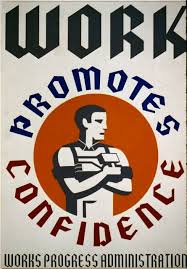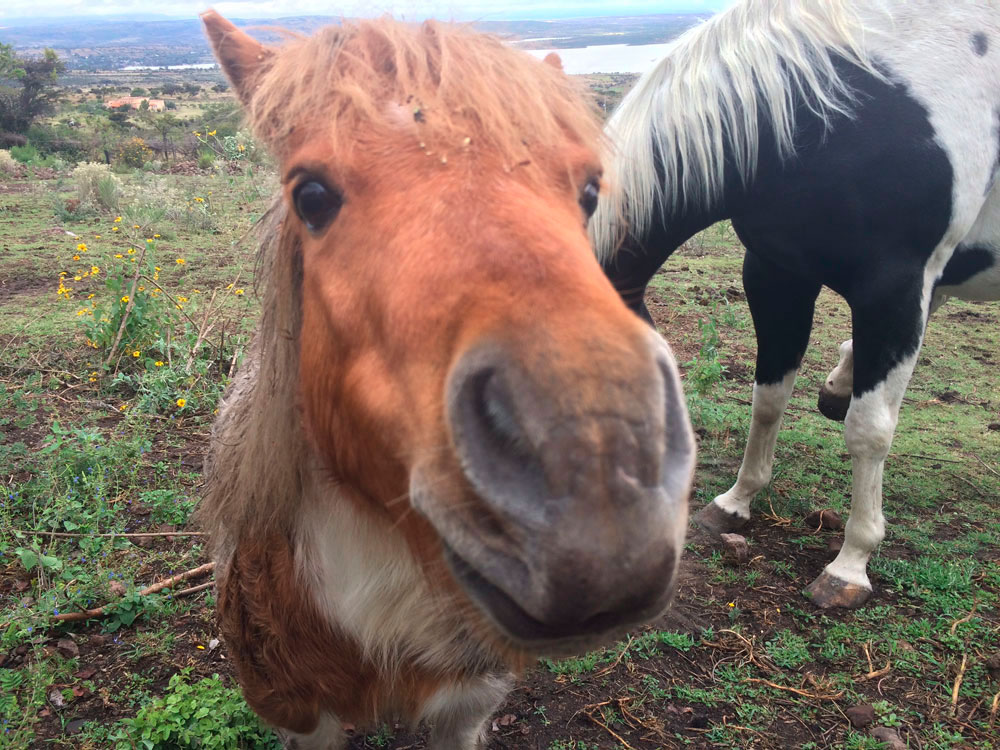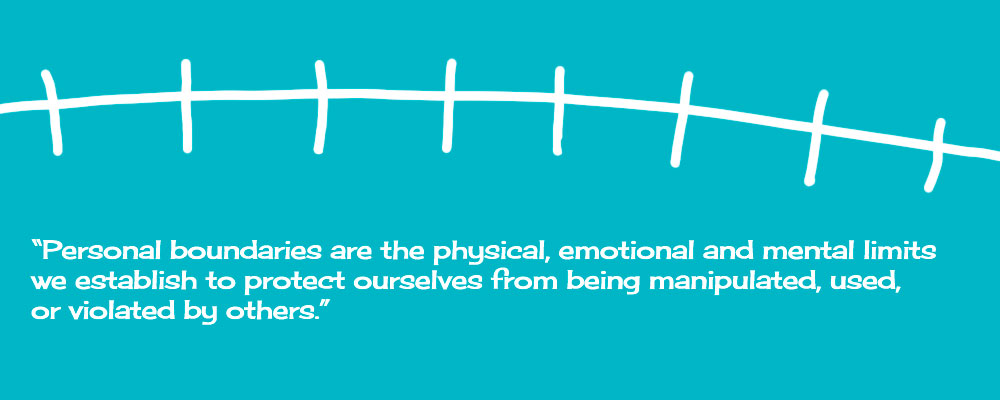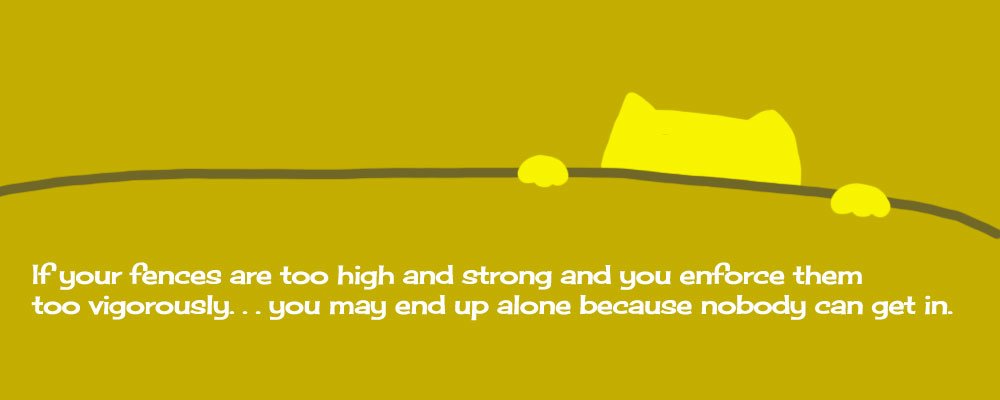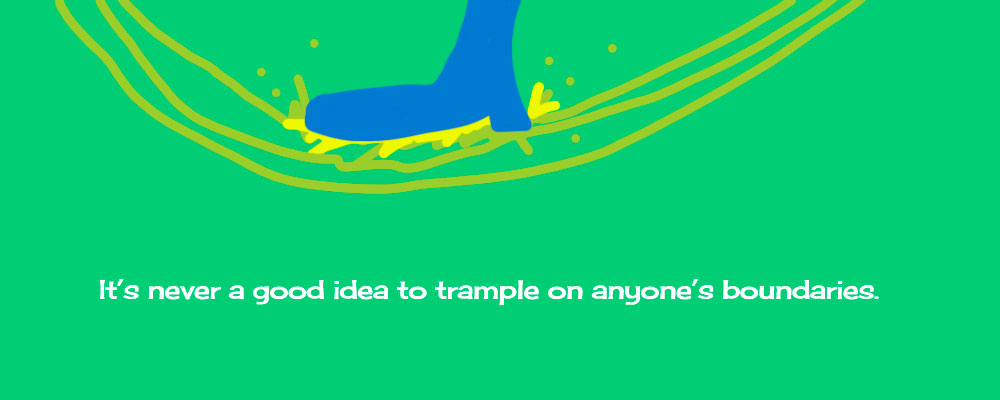It happens to the best of us.
You encounter a problem so big, so huge, so all encompassing, that you can’t just ignore it or pretend it will go away. It hasn’t so far.
You can’t walk away from it.
It impacts your life in negative ways.
- A chronic health problem ‘you’ll just have to learn to live with’.
- An accident that means life will never be the same again.
- A financial crisis that means you have lost most of your money.
- You lose your job.
- Someone in your family is into drugs or alcohol.
You know the story. I don’t really need to list all the possibilities—it’s too depressing!
The point is, you have to face it and you need some sort of perspective that helps you deal with it.
Beware! At this point there are two Archetype traps that many people fall into, and that may just make things worse.
Seductive Archetype Trap #1—the Victim
You fall into despair, give up and become the VICTIM.
Oh, this archetype is such a lure—the Victim promises you relief from fighting, resisting, making an effort. You are not responsible! You poor thing! Of course you feel bad!
Oh yes, I’ll just let go and give in. It wasn’t my fault after all and life is not fair. I’m pretty helpless when it comes to it.
Oh this trap is so comfortable, and I don’t see why I can’t just take up residence here.
join self-help groups and go into therapy to deal with my sadness and negative emotions.
I identify totally with my problem. It defines my life. I talk about it incessantly. I label it and study it. Learn everything I can about it.
I complain to my friends. I wallow in self-pity.
I think I’m just being realistic. When someone tries to help me find another point of view I invariably say, ‘but you don’t understand what it’s like. You don’t get what I’m going through’.
You are allowed some feeling sorry
We are all allowed a period of self-pity when things go wrong and the rug is pulled out from under us. Self-help groups can help enormously. For a while.
The problem is we can get stuck in this trap, the Victim mode, and never emerge from it. It’s hard to get out. She’s like a spider with her web—the more you are drawn in, the more you identify with the problem, and the harder it is to pull yourself out from this story you have woven.
‘Gosh, if I got well, or successful, then I’d have to quit this group and lose my friends. They are so important to me. I can’t let them down by getting better.’
It becomes an important part of my life. And surprise, surprise, it never get solved.
If you are seduced by this archetype you become stuck in this swamp and never move on with your life.
Seductive Archetype # 2—the Warrior
Or, you become the WARRIOR. This is another attractive trap and can suck you in like a steel vise. The lure is that you are not giving in or up. You’re going to fight!
The Warrior is angry and refuses to accept the situation. When you enter Warrior mode you vow to resist until the end. You develop a relentless positive attitude and go into denial about the real issues. You never allow yourself to utter the name of the problem or talk about it intelligently. It must be resisted at all costs.
‘I won’t give it energy by even talking about it’, you declare defiantly.
You go to Tony Robbins seminars, pump yourself up, and constantly seek solutions.Take political action, start a group that fights this issue.
Relentless action. You become consumed with defeating it. It becomes the defining purpose of your life. You are not going to become a loser.
Hey, this sounds pretty good! Certainly better than the Victim. And sometimes you can solve the issue using this fierce approach.
However, the end result frequently can be burnout, exhaustion. Fighting is stressful and will wear you out. You can’t even try to get out of this trap—you become overwhelmed, depressed, and exhausted by the fighting. You can’t even pull yourself up. Besides, you are now identified with the issue that if you stop fighting people will wonder what has happened to you.
Anger can be emotionally draining. Constant resistance can take the joy out of life.
Eventually you want to get out of the trap, but can’t. You are so closely identified with the Warrior that you can’t change.
Oh, what to do? You don’t want to be a coward, but you also crave some peace of mind. You’d like to not be aware of your problem 24/7. Just a moment’s respite please.
You are afraid if you give up fighting, even for a moment, the problem will get worse.
Would you like to know a method that avoids both these traps? A third option, a different Archetype, that will bring you peace of mind while you can still take action?
Read on.
How you can avoid being the Victim or Warrior
There is one way. Become the Friend. Seriously. I mean it. Make the problem your Friend.
Think of how you treat a friend. Or a friend treats you. You love your friend, you support your friend, and you help your friend understand what is going on.
So ask your new found Friend,
What greater good can come from this problem?
What is the Universe or my body trying to tell me?
What do I need to learn?
The Friend helps you avoid identifying with your grief or pain so that you can rise above it.
I call this the solution of Radiant Acceptance.
With Radiant Acceptance you can act and take steps to remedy the situation, but you’re detached from all the negative junk and storytelling. You allow yourself to let go of the drama. It’s OK. The world won’t stop and the problem won’t get worse if you relax a bit.
You can start to trust in a higher wisdom.
The really magical bit, the remarkable outcome, is that once you relax and make friends with your problem you will get better results. Events will click into place easily and effortlessly when you stop stressing. Your actions will be wiser.
No more burnout or wallowing in the swamp of self-pity.
Try the path of Radiant Acceptance next time you get some really bad news, and make the problem your Friend. This Archetype will help you through all kinds of challenging times.
If you would like to read more about archetypes, check out my book, Rebellious Aging: A Self-help Guide for the Hippie at Heart.
There are several chapters that deal exclusively with archetypes, and a list of the most well-known at the end. Much of it was inspired by Caroline Myss’s book Sacred Contracts.


